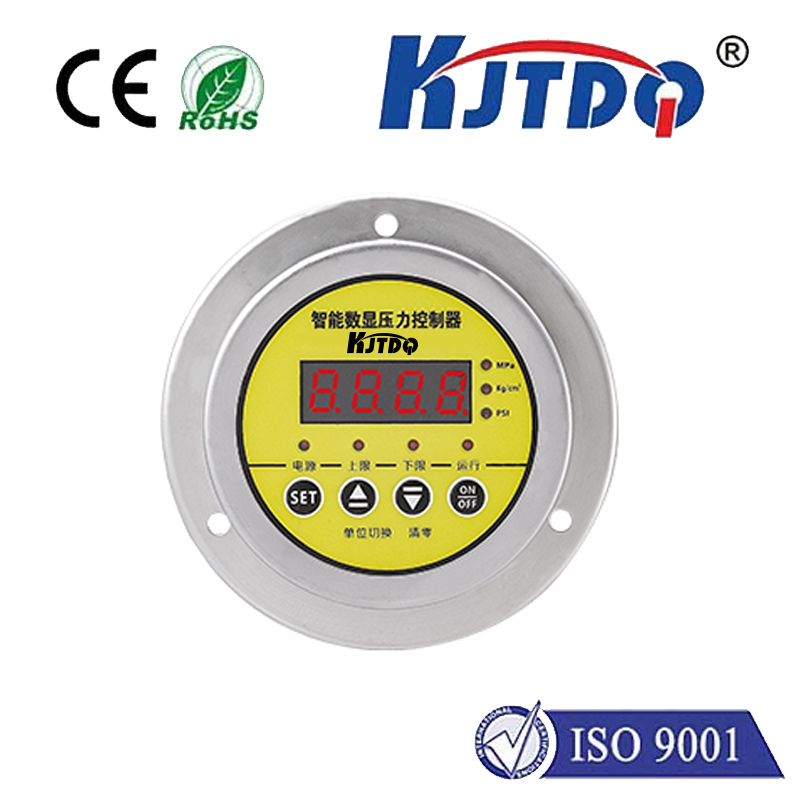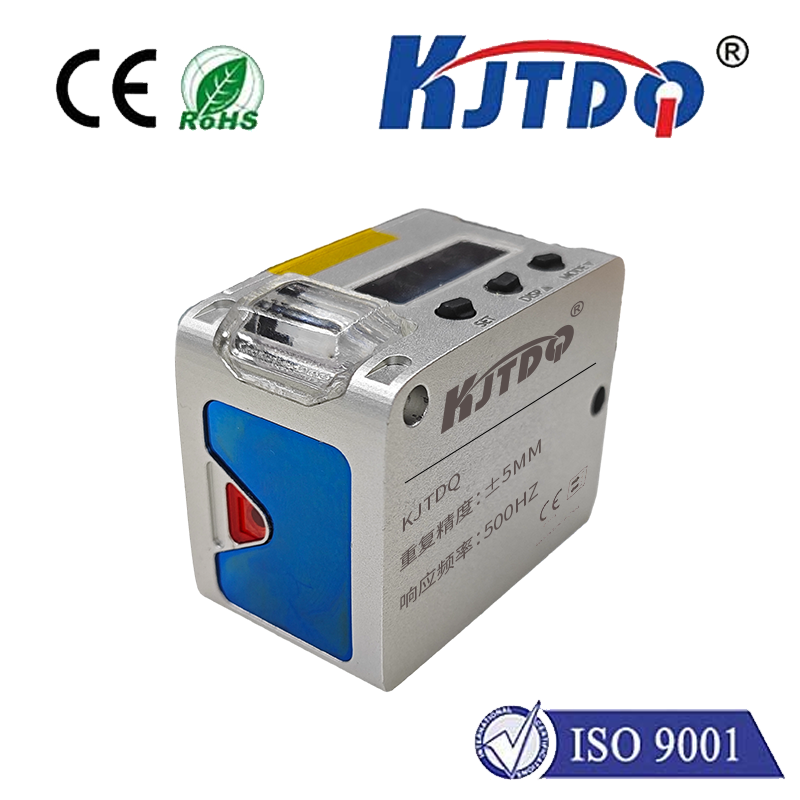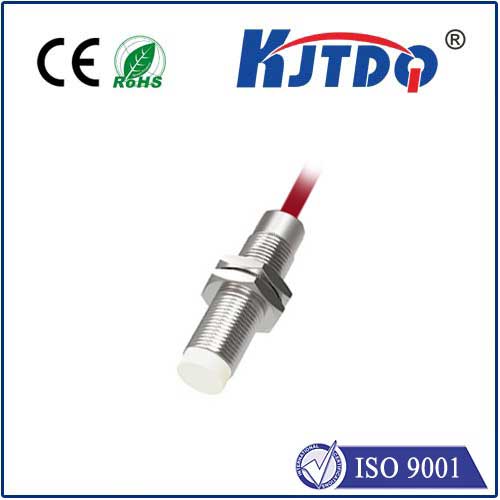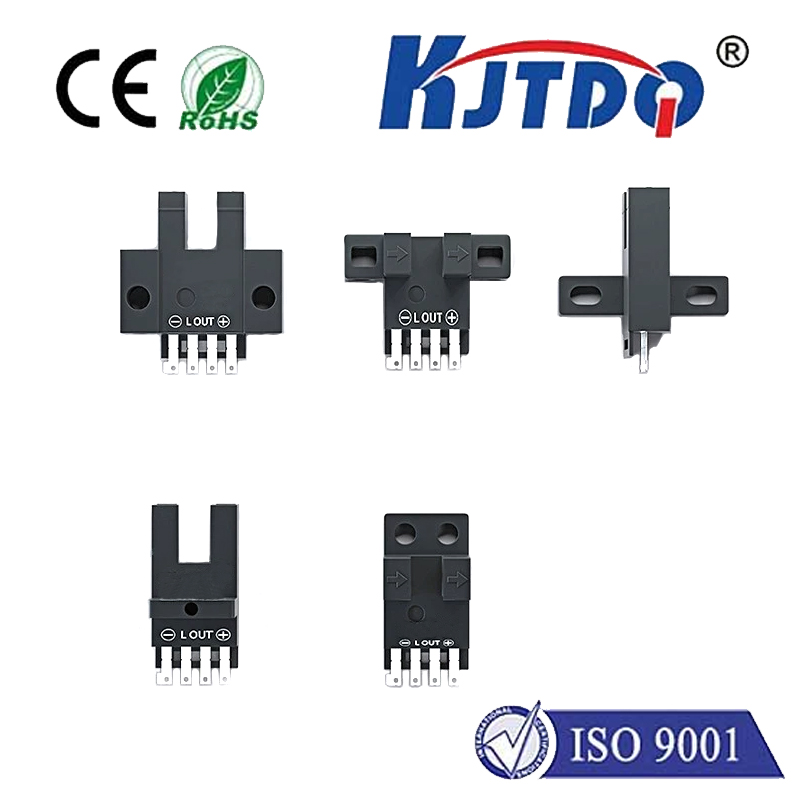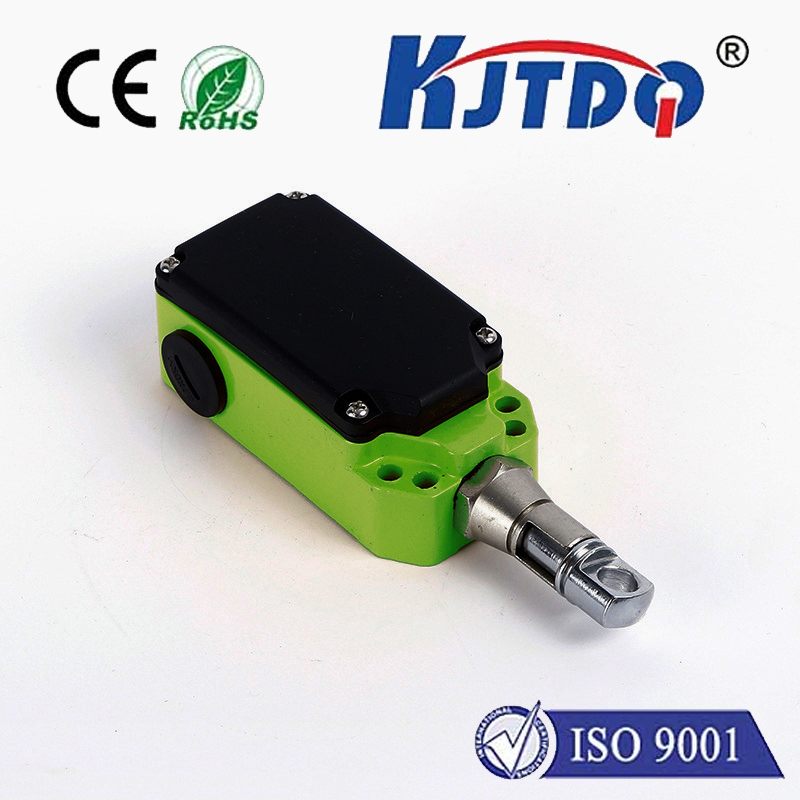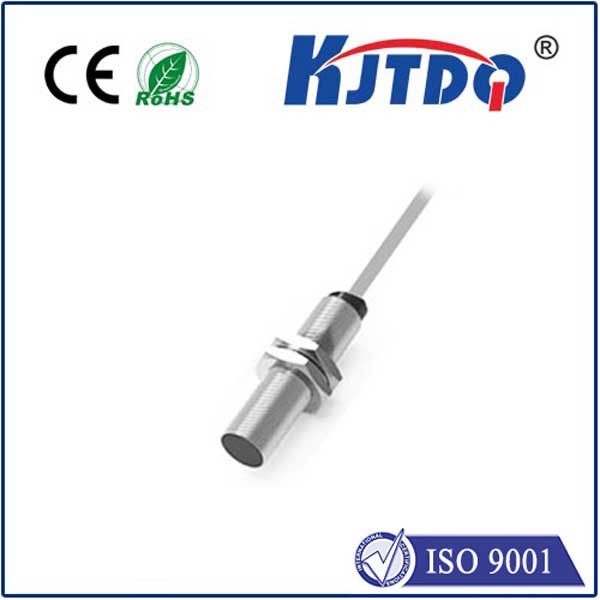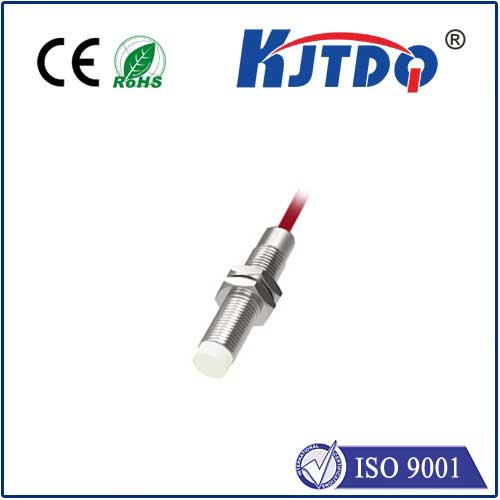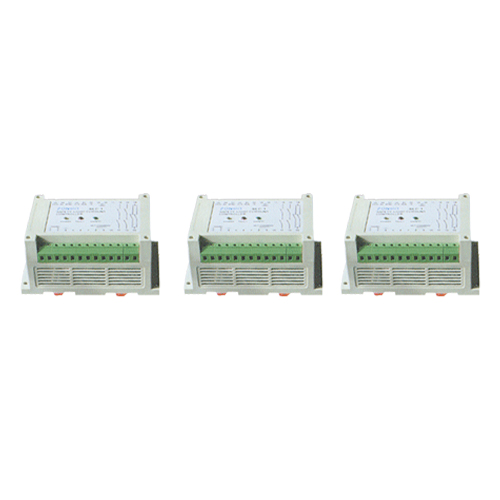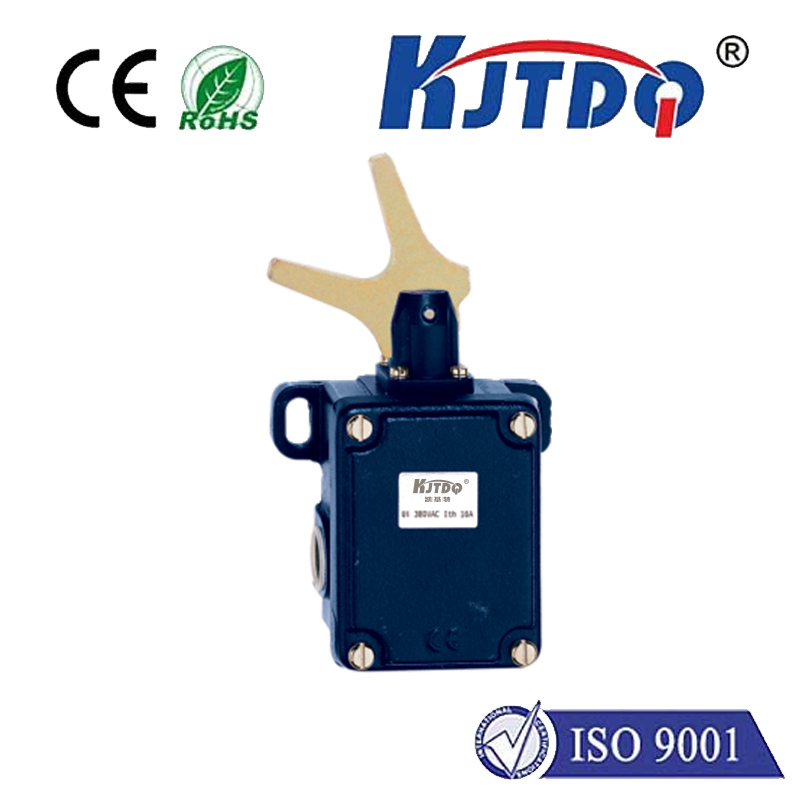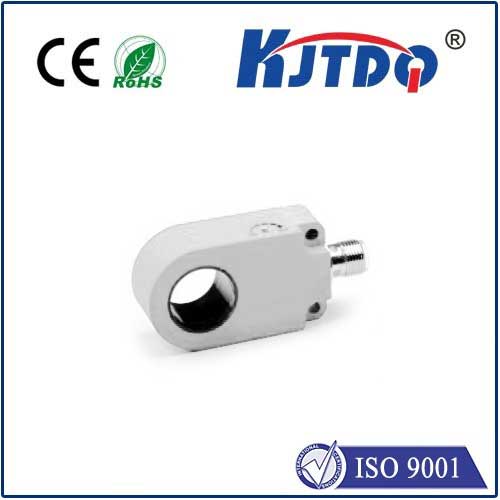optical rotation sensor
- time:2025-08-16 02:45:53
- Click:0
Unlocking Molecular Secrets: How Optical Rotation Sensors Deliver Precise Measurements
Invisible to the human eye, a fundamental property of certain molecules holds the key to purity, identity, and concentration in countless substances. This property is optical activity – the ability to rotate the plane of polarized light passing through them. Measuring this rotation accurately and reliably is critical in industries ranging from pharmaceuticals to food science. Enter the specialized, sophisticated optical rotation sensor: the modern workhorse enabling non-contact, high-precision analysis of chiral compounds. Let’s explore how this technology illuminates the unseen.
Understanding the “Twist”: Optical Rotation Fundamentals
At its core, optical rotation stems from molecular chirality. Chiral molecules, like your left and right hands, are mirror images that cannot be perfectly superimposed. These enantiomers, as they are called, interact uniquely with plane-polarized light. When such light passes through a solution containing one enantiomer, the plane in which the light vibrates is rotated – either clockwise (dextrorotatory, denoted +) or counter-clockwise (levorotatory, denoted -). The extent of this rotation, measured in degrees, is the specific rotation. This intrinsic property serves as a powerful fingerprint for identifying substances and verifying their concentration and purity, especially when only one enantiomer is desirable (like in many drugs where one form might be active and the other inert or even harmful).
The Heart of the Matter: Inside an Optical Rotation Sensor

While traditional polarimeters laid the groundwork, modern optical rotation sensors represent a significant leap in technology, often integrated into automated systems like HPLC detectors or stand-alone process analyzers. Here’s a breakdown of their typical working principle:
- Light Source: A highly stable monochromatic light source, usually a Light Emitting Diode (LED) specifically chosen for its wavelength stability and longevity, emits the initial beam. Sodium D-line light (589 nm) is common, but other wavelengths may be used depending on the application.
- Polarizer: The initial unpolarized light passes through a fixed linear polarizer. This creates a beam of light vibrating in a single, defined plane – plane-polarized light.
- Sample Cell: The plane-polarized light then traverses a transparent cell containing the sample solution. If the sample contains chiral molecules (optically active substances), the plane of polarization of the light is rotated by an angle α as it emerges from the cell.
- Analyzer (Second Polarizer): This crucial component is another polarizing filter, positioned after the sample cell. Its axis can often be rotated precisely.
- Detector: A sensitive photodetector (like a photodiode) sits behind the analyzer, measuring the intensity of the light beam that successfully passes through it.
- The Measurement Principle - The Null Method: The core of accurately measuring the rotation angle (α) often employs a null-balance approach:
- The analyzer is rotated until the light intensity reaching the detector is minimized (null point). This occurs when the analyzer’s axis is perpendicular to the plane of polarization after it has been rotated by the sample.
- The angle through which the analyzer was rotated from its initial position (where it was parallel to the first polarizer for an inactive sample) equals the optical rotation angle α introduced by the sample.
- Advanced Variations: Many modern sensors use sophisticated electronic modulation techniques (e.g., Faraday modulators) or photoelastic modulators (PEMs) instead of mechanically rotating the analyzer. These methods rapidly oscillate the polarization state, allowing for faster, more precise, and drift-free measurements using lock-in amplification techniques to detect the signal related to the rotation.
Why Precision Matters: Key Applications of Optical Rotation Sensors
The ability to measure minute rotations of the polarization plane accurately makes optical rotation sensors indispensable tools across diverse fields:
- Pharmaceutical Quality Control: This is arguably the most critical application. Verifying the identity, purity (enantiomeric excess - ee), and concentration of chiral active pharmaceutical ingredients (APIs) is paramount for drug safety and efficacy. Regulatory authorities mandate strict controls. Optical rotation sensors are integral to HPLC systems for chiral separations and in stand-alone instruments for release testing.
- Food & Beverage Industry: Authenticating ingredients like essential oils, sugars (e.g., sucrose concentration via saccharimeters, a specialized type of polarimeter), and verifying the absence of adulteration often relies on specific rotation measurements.
- Chemical Research & Synthesis: Chemists developing chiral catalysts or synthesizing enantiopure compounds use these sensors extensively to characterize reaction products and determine enantiomeric purity.
- Biotechnology: Monitoring fermentation processes, characterizing biomolecules like sugars and amino acids, and studying protein conformation changes can involve optical rotation measurements.
- Quality Assurance Labs: Any industry dealing with chiral chemicals, flavors, or fragrances utilizes this technology for routine purity checks.
Advantages Over Traditional Methods: The Sensor Edge
Modern optical rotation sensors offer significant benefits:
- High Precision & Accuracy: Capable of measuring rotations down to millidegree levels, essential for sensitive applications like enantiopurity determination.
- Non-Destructive Testing: The sample itself is not altered during the measurement process.
- Relatively Fast Measurements: Especially with modern electronic modulation techniques, results are obtained quickly.
- Robustness & Stability: Solid-state components (LEDs, photodiodes) and advanced modulation make them less prone to drift and mechanical wear compared to purely mechanical polarimeters.
- Automation & Integration: Seamless integration into HPLC systems, process analytical technology (PAT) setups, and automated laboratory workflows is a major strength, enabling high-throughput analysis and real-time monitoring.
- Compact Size: Modern sensors are significantly smaller and more robust than traditional instruments.
Beyond the Basics: Factors Influencing Measurement
To obtain accurate specific rotation data (the standardized value for comparison), optical rotation sensors must account for several variables:
- Temperature: Optical rotation is highly temperature-sensitive. Precise temperature control of the sample cell is essential, often achieved using Peltier elements.
- Concentration: The observed rotation (α) is directly proportional to the concentration of the chiral compound and the path length of the cell. Specific rotation
[α] is calculated using [α] = α / (l * c) where l is the path length in decimeters and c is the concentration in g/mL.
- Wavelength: Specific rotation varies with the wavelength of light used (dispersion). Measurements are typically standardized at the Sodium D-line (589 nm), but other wavelengths like 365 nm or 436 nm might be specified.
- Solvent Effects: The choice of solvent can significantly influence the measured rotation. Measurements and comparisons must always specify the solvent used.
From Lab Bench to Process Line: The Enduring Value
The optical rotation sensor is far more than just a component; it’s a sophisticated analytical engine translating the subtle behavior of chiral molecules into precise, actionable data. Its ability to provide non-contact, highly specific analysis of concentration and enantiomeric purity makes it irreplaceable in ensuring the safety, efficacy, and quality of countless products. As sensor technology continues to evolve, offering even greater sensitivity, speed, and integration capabilities, its role in scientific discovery, industrial quality control, and process optimization will only become more profound, consistently shedding light on the critical molecular twists that define our material world.












